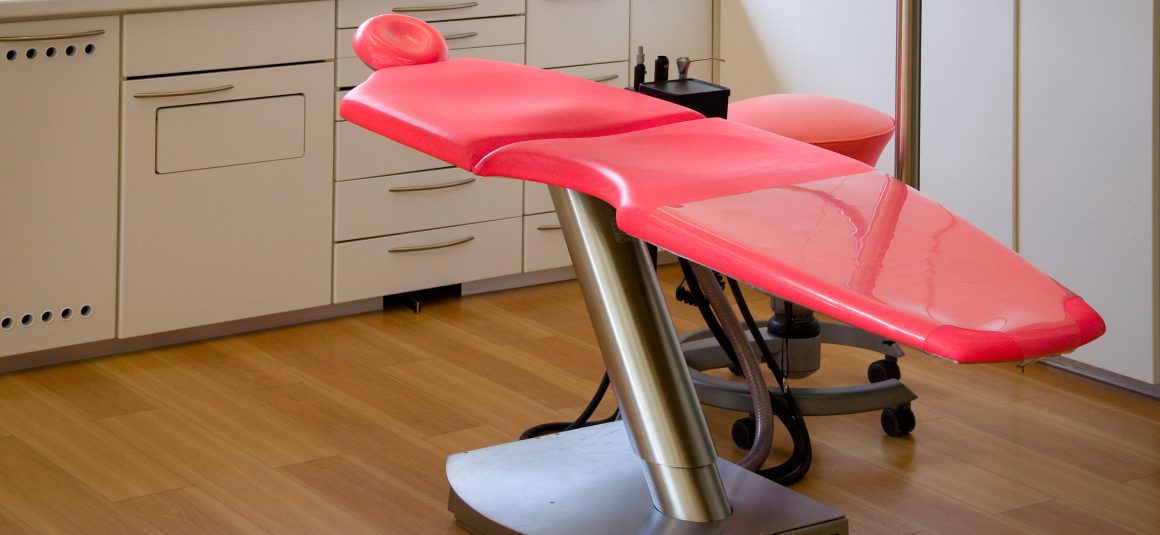TMJ Diagnostics
What exactly is TMJ anyway?
TMJ, or as we dentists refer to it, TMD, actually stands for temporomandibular dysfunction of the temporomandibular joint (TMJ). The dysfunction can show itself as headaches, tired or stiff jaws, popping or clicking in the ear area, difficulty with jaw opening, closing, or chewing, having your jaw lock up, having loose, worn or short teeth, or the frequent chipping or breaking of teeth. As you can see, the symptoms (what you notice or feel) and the signs (what we dentists see but you don’t notice) can be varied and widespread. If you have one or more of these signs and symptoms, you may have early TMD! It’s time to take action!
There are many causes of TMD, such as clenching or grinding your teeth due to emotional stress, an injury to your face or jaw, but a big factor is your bite. Malocclusion, or a bad bite, is a major factor in TMD. How do you get a bad bite? Well, some of us were gifted with a great bite, but many of us missed out on that one  Somewhere along the way, our bites are affected by wear, changed by dental restorations, or by the shifting that goes along with gum disease or tooth loss. This shifting changes the way the upper teeth mesh with the lower teeth, which in turn makes the muscles work extra hard to bring the teeth together.
Somewhere along the way, our bites are affected by wear, changed by dental restorations, or by the shifting that goes along with gum disease or tooth loss. This shifting changes the way the upper teeth mesh with the lower teeth, which in turn makes the muscles work extra hard to bring the teeth together.
This extra work creates havoc on the part of the TMJ system that is the weakest: if it is your joint, you may have a popping or clicking noise, or pain with chewing, opening or closing, or even an occasional lock-up of your joint. If the weak link is your muscles, you will notice that your jaws get tired easily or you have headaches. Patients will tell me they can’t chew gum for very long or they never eat things like a chewy bagel or hard rolls because it takes too much effort. They may wake up with a headache in the temple, eye, or cheek area or it might arrive by the end of the day. If the weak link is the teeth, you will undoubtedly notice that you continually break or chip your teeth or fillings, have worn down or flattened teeth, or they are loose. As you can see, it’s different for everybody, which makes dealing with TMD a little trickier. We, as dentists, have to do a little detective work, putting together all the signs and symptoms as we formulate the diagnoses for your mouth.
Part of a healthy mouth is having a healthy bite. What this means is the teeth, muscles, and joints are in harmony and are balanced. This allows all of your teeth to hit simultaneously and evenly when your jaw joint is in its’ proper position. In this position, your muscles contract evenly on both sides and allow ideal paths of movement. This creates harmony and stability for your joints and maximum protection for your teeth. Bottom line is, a healthy bite helps you prevent alot of mouth problems, and it is both literally and figuratively one less headache!


